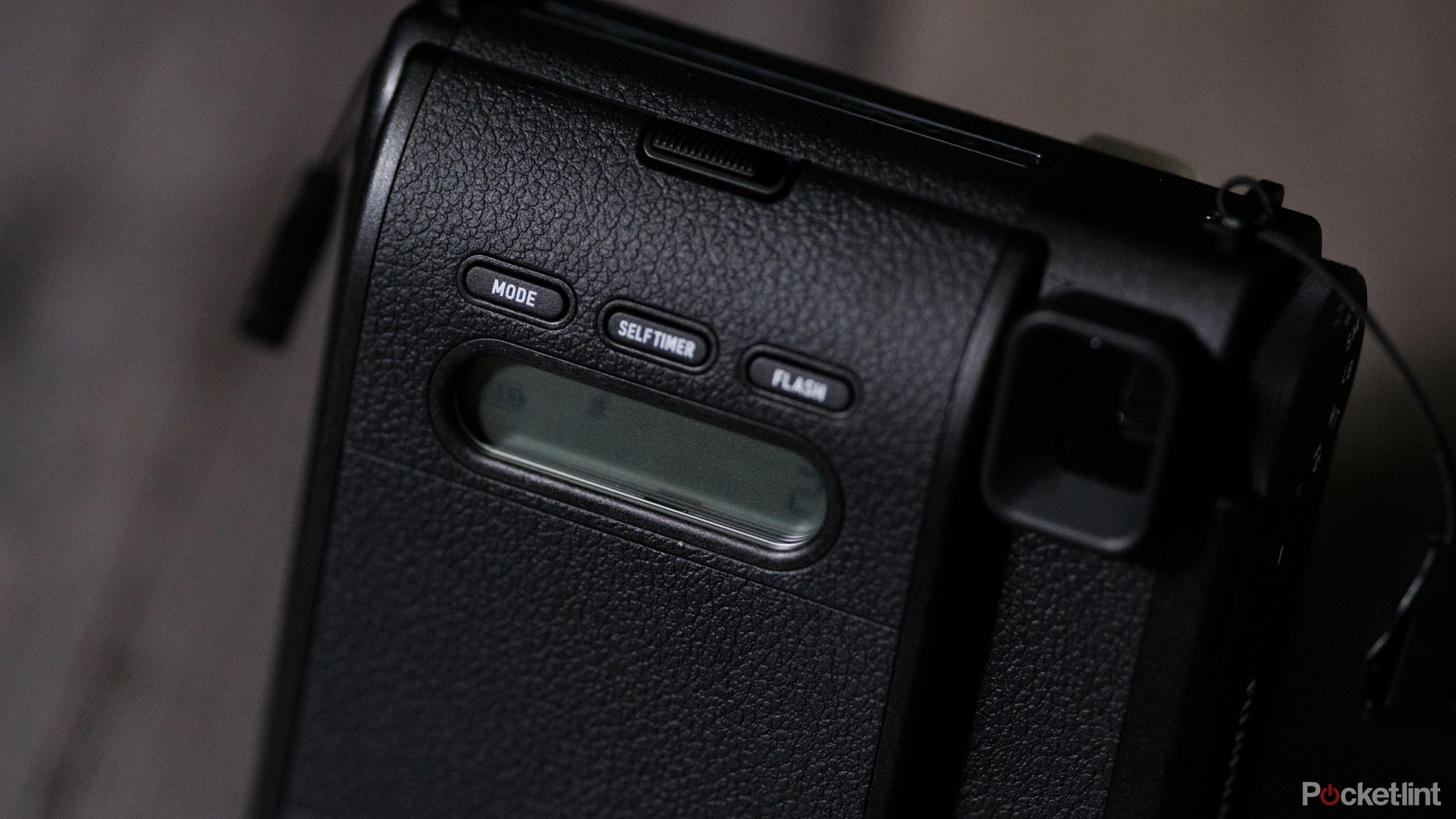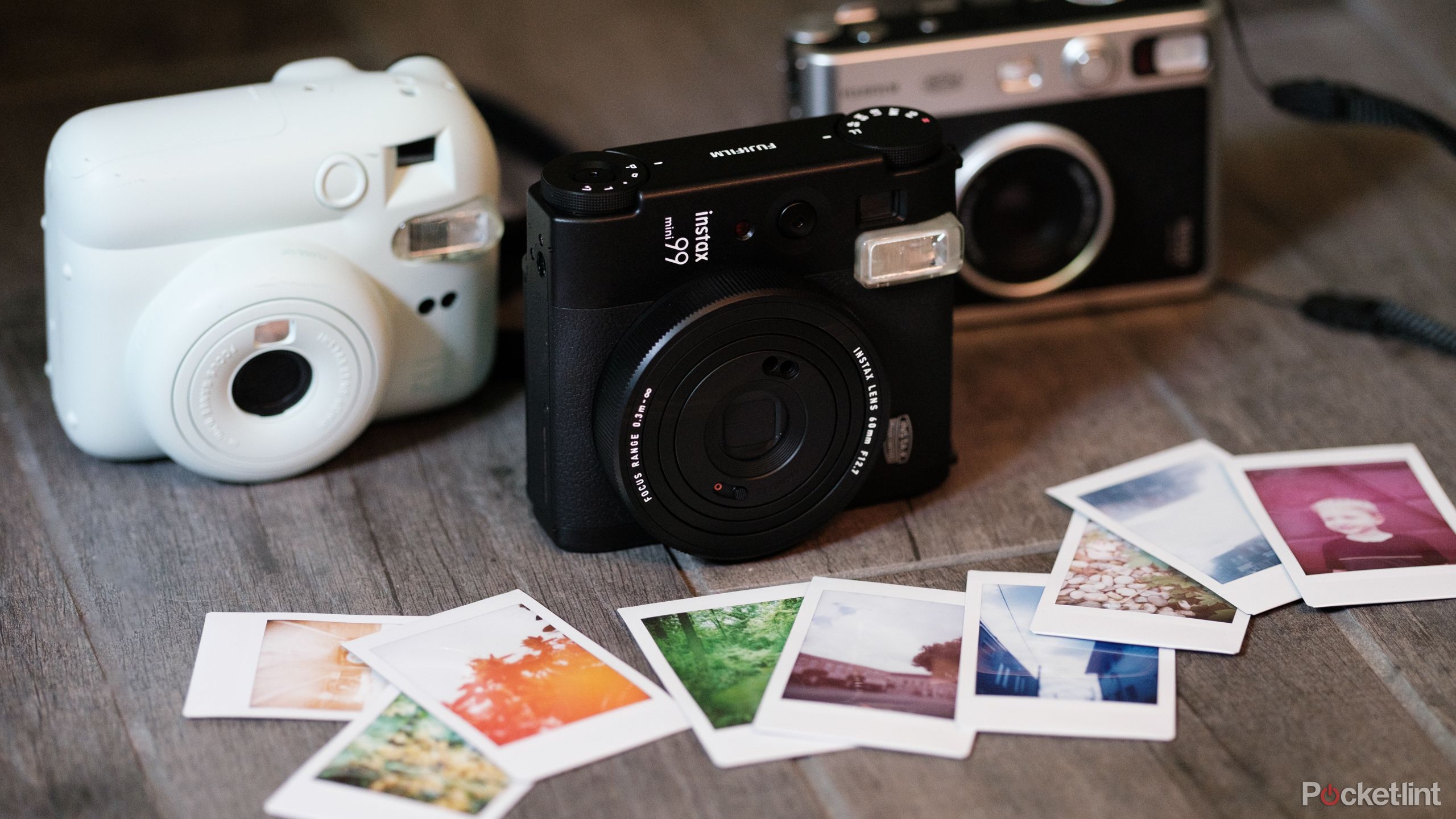Fujifilm Instax 99 Review: Oozing with vintage character

Key Takeaways
Fujifilm Instax 99 offers more controls for serious photographers, enabling double exposures and color effects without swapping film types.
Creative possibilities are nearly endless with the Instax 99, which lets you experiment with unique color modes and light leak effects for film-style surprises.
Despite a few minor drawbacks with the color mode dial and light-to-dark dial, the Instax 99 is a gorgeous all-film camera with modern convenience.
Fujifilm’s Instax line has kept instant film alive, but a majority of the models have few controls. The Fujifilm Instax 99, however, would fit right in with my collection of vintage film cameras. With a black imitation-leather wrap and top dials reminiscent of the brand’s mirrorless cameras, the $200 instant film camera is the missing piece to Fujifilm’s lineup.
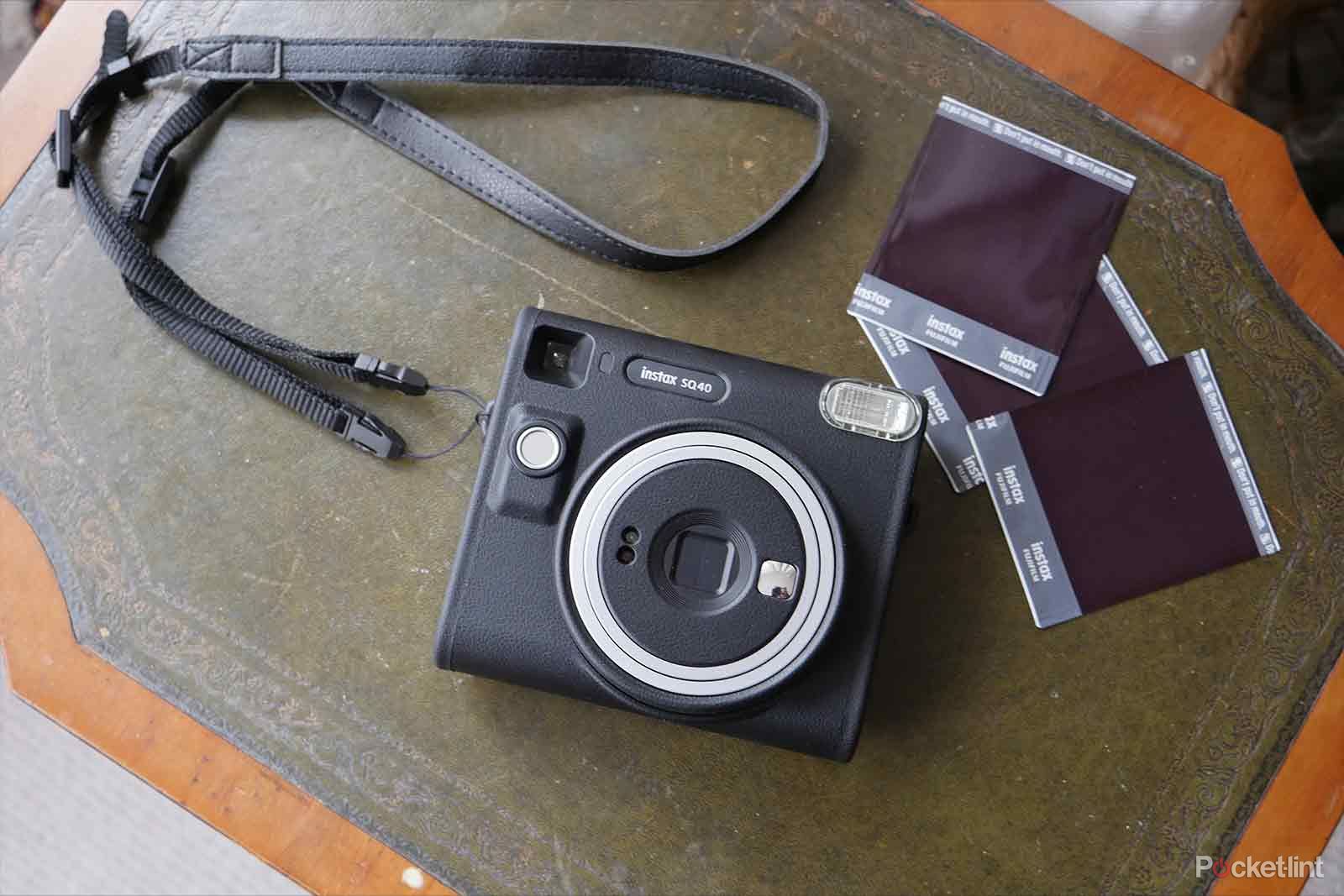
While I fell in love with the look immediately after opening the box, the Instax 99 gives serious shutterbugs the controls that earlier renditions lacked. You can disable the flash, for starters, but you can also shoot double exposures, or add vignettes. A set of LEDs inside the camera allowed me to imitate the look of different film types without swapping the film cartridge by adding a red, blue, or warm tone.
If you want an all-film camera that doesn’t restrict the creative possibilities, you’re going to want to check out the Fujifilm Instax 99.
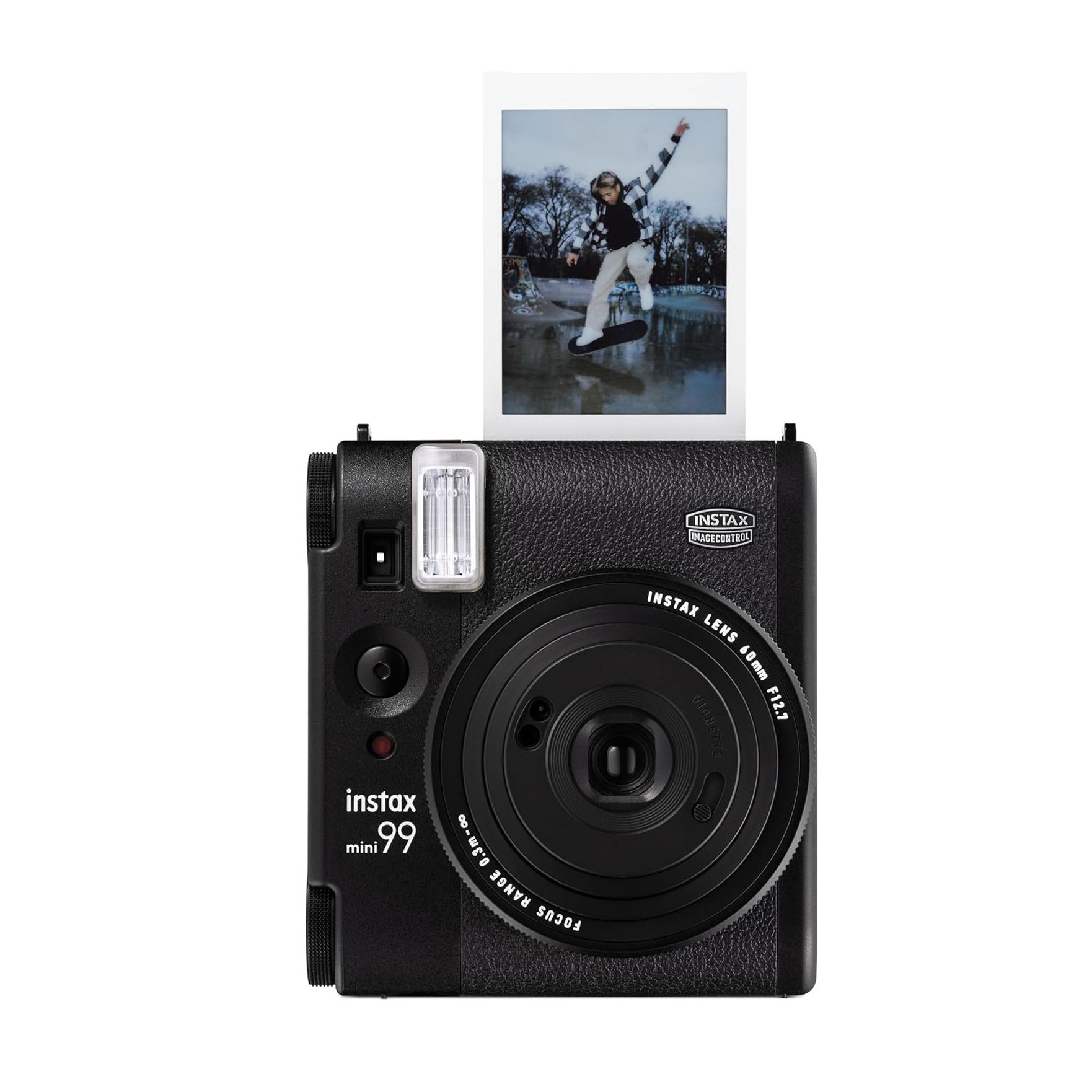

Fujifilm Instax 99
Recommended
Best Creative Instant Film Camera
The Fujifilm Instax 99 merges classic design with modern convenience and creativity tools. A unique design using LEDs inside the camera allows photographers to apply different color or light leak effects without swapping out film types. The Instax 99 also has more controls than others in the lineup, including the option to disable the flash, take a double exposure, or adjust the shooting mode.
Price, availability, and specs
The Fujifilm Instax 99 launched in March 2024 with a list price of $199.
Dimensions 103.5 mm × 117.5 mm × 60.0 mm
Lens 60 mm, 1:12.7
Film Type Instax Mini
Automatic? Yes
Brand Fujifilm
Weight 340 g (without battery, shoulder strap, and film)
Color Black
0:55
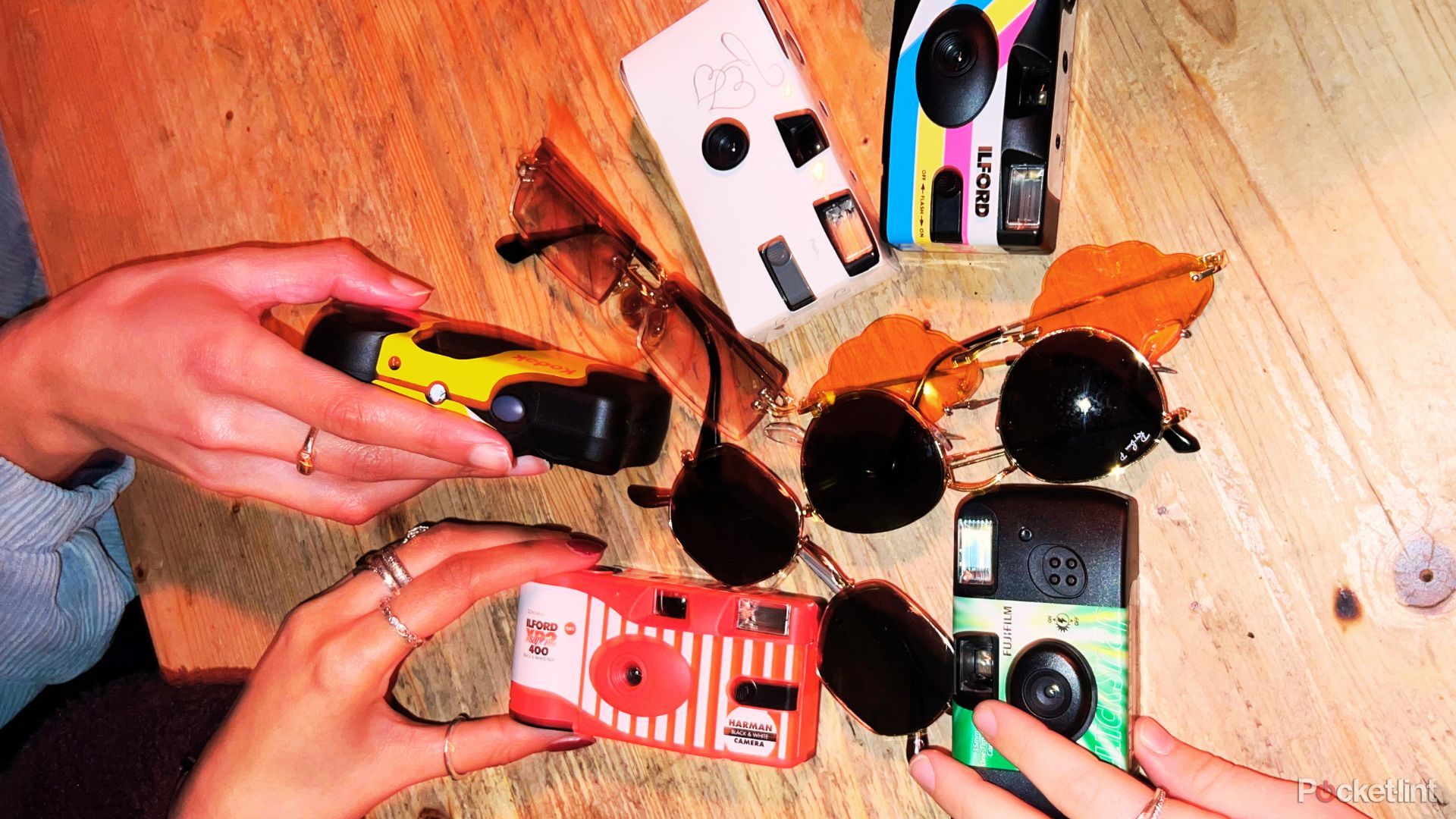
What I liked about the Fujifilm Instax 99
The creative possibilities are nearly endless
The Fujifilm Instax 99 remedies nearly every dislike I have with the brand’s affordable instant film cameras by giving photographers more control over the final result. Where models like the Mini 11 do not even allow the flash to be disabled, the Instax 99 has a slew of features that can be mixed and matched for seemingly endless creative capabilities.
First, around the lens, you can choose from one of three focus positions to adjust from close-up to landscape. A switch here turns a vignette effect on or off. At the back of the camera, you can use a set of three buttons and a small screen to choose from standard, indoor, double exposure, and bulb modes. Or, you can enable or disable the flash or set a self-timer. A dial at the top right acts similar to the exposure compensation dial on a digital camera, creating a lighter or darker final image.
My favorite tool is the color effect control dial at the top of the camera.
But, my favorite tool is the color effect control dial at the top of the camera. Traditionally, photographers need to swap out film types to get a different color effect to the images (which of course requires finishing out the full roll before opening the back of the camera). However, Fujifilm has added color-changing LEDs inside the camera that add colored light as the image is being exposed.
The LEDs effectively create different color effects, like sepia, magenta, blue, warm tone, and faded green. The 99 will even apply randomized light leak effects by setting off a random pattern on those LEDs, effectively bringing back the happy surprises that make shooting film worthwhile. The only reason you would need to swap film types on the 99 is to go from color to black and white.
The biggest thing that film cameras offer that digital ones don’t is that element of surprise. You don’t know what you are going to get until that film slowly develops in your hands. The dials and different effect options are fuel to that creative fire, increasing the odds of a happy accident.
A few minutes with the instruction manual (and perhaps a roll of experimental film) go a long way.
While the Instax 99 has more control than Fujifilm’s other film cameras, the camera doesn’t have a terribly steep learning curve. A few minutes with the instruction manual (and perhaps a roll of experimental film) go a long way. The battery is rechargeable, and the film is nearly impossible to load incorrectly. The trickiest part of using the camera is simply remembering to adjust the focal length accordingly and trying to remember what the abbreviations on the color effects dial mean.
The Instax 99 is one of the most gorgeous instant film cameras, right alongside the Instax Evo. The classic wrap and dials give the camera an old-school feel. I also appreciated that there’s a real neck strap in the box, not a chintzy wristlet.
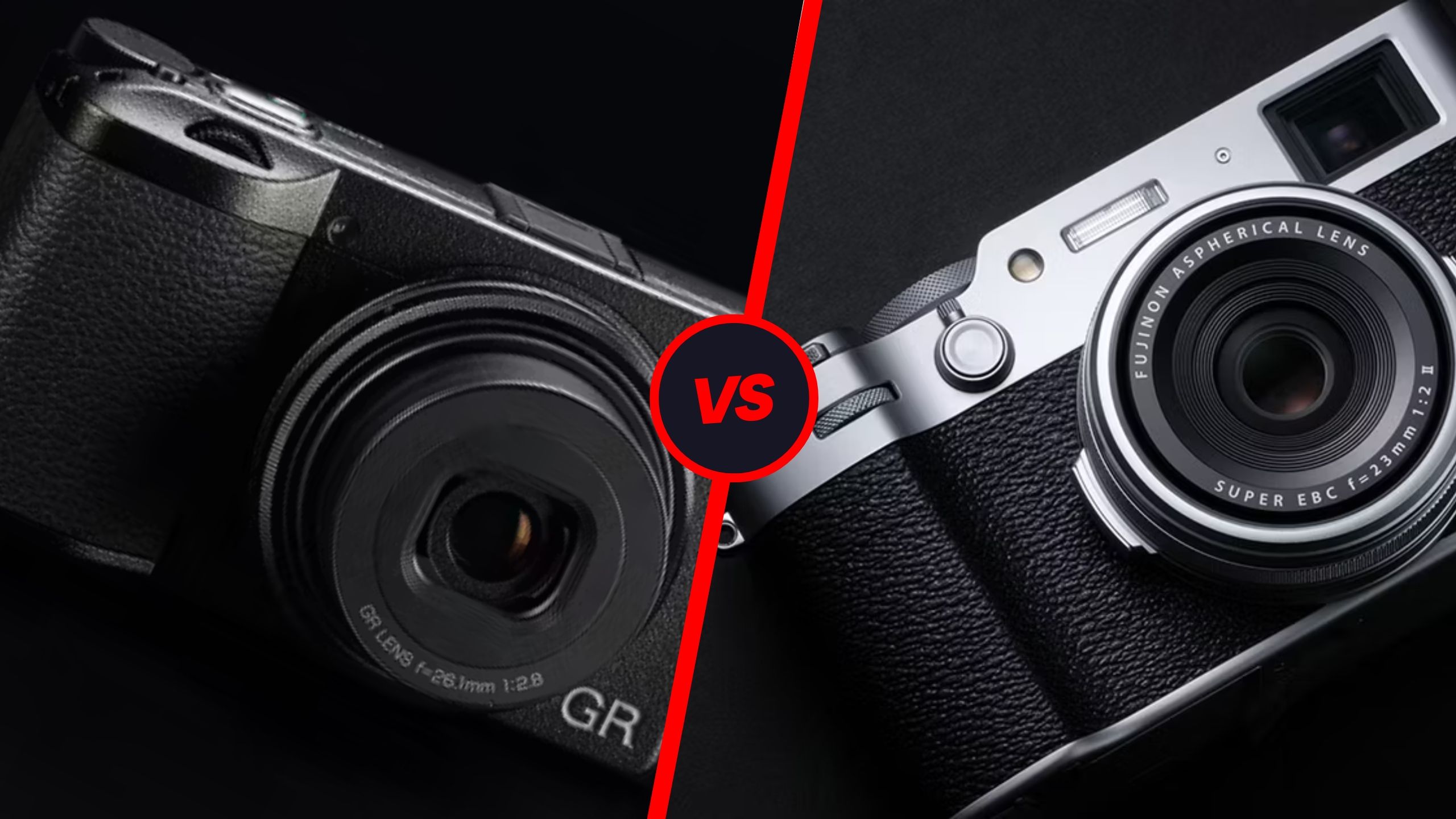
What I didn’t like about the Fujifilm Instax 99
The color effect dial requires some memorization
While the color effect dial won me over, remembering which is which is one of the camera’s few challenges. Using a simple color name rather than a fancy one like “Faded Green” would have been easier to remember. That, or actually color-coding the effects based on the colors they add to the film, or displaying the full name on the back screen would have been a huge help. These color effects are instead abbreviated:
N: Normal (no added color effects) FG: Faded Green WT: Warm Tone LB: Light Blue SM: Soft Magenta SP: Sepia LL: Light Leak
The light-to-dark dial wasn’t able to darken the image enough to compensate for two overlapping images even on a cloudy day.
I also wish the light-to-dark dial had more of an impact on the overall image. In indoor photos, I couldn’t see much difference between L+ and D-. I was also disappointed that I couldn’t have a double exposure outdoors without overexposing the image — the light-to-dark dial wasn’t able to darken the image enough to compensate for two overlapping images even on a cloudy day.
The element of creative surprise is one of the biggest reasons to try film in the first place.
Outside of that, I had few complaints using the Instax 99. Yes, you never know exactly what you are going to get, but that element of creative surprise is one of the biggest reasons to try film in the first place.
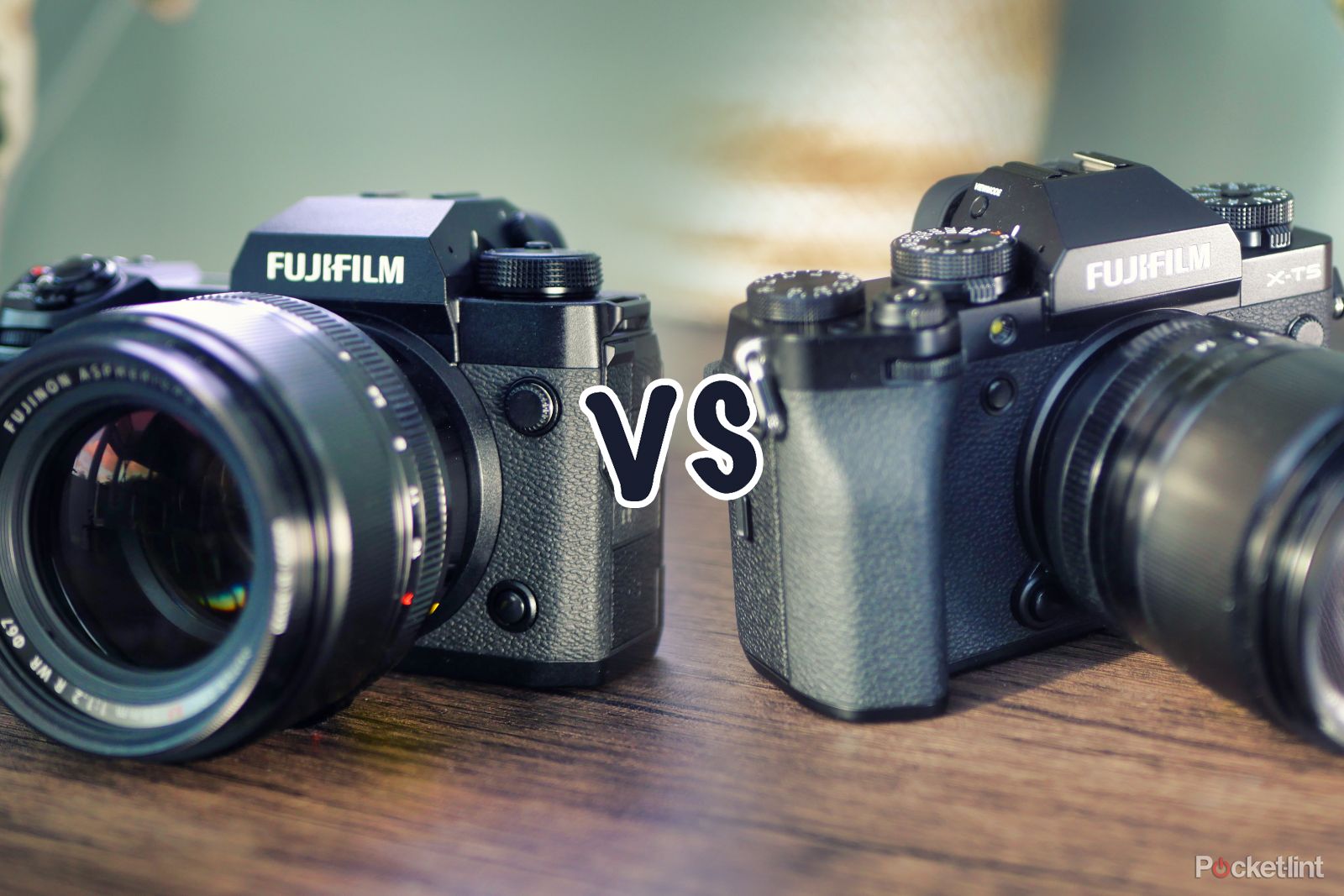
Should you buy the Fujifilm Instax 99?
The Fujifilm Instax 99 is the Instax for photographers that want the most creative control from an all-film camera. The range of different controls offers more creative options over models like the Instax Mini 12.


Fujifilm Instax 99
Recommended
The closest option to the Instax 99 is the Instax Evo. Unlike the 99, the Evo is a film-camera hybrid. With the Evo, you don’t need to print images that didn’t turn out, and you have both a physical print for actual sharing and a digital file for social sharing. The Evo’s different effects dials and settings aren’t the exact same options as the 99 but offer a similar creative flex.
If you want an all-film camera with lots of creative options, buy the Fujifilm Instax 99. If you don’t want to waste film printing out duds, get the film-digital hybrid Instax Evo. If you want an affordable party camera that even a toddler could use, get the Instax Mini 12.
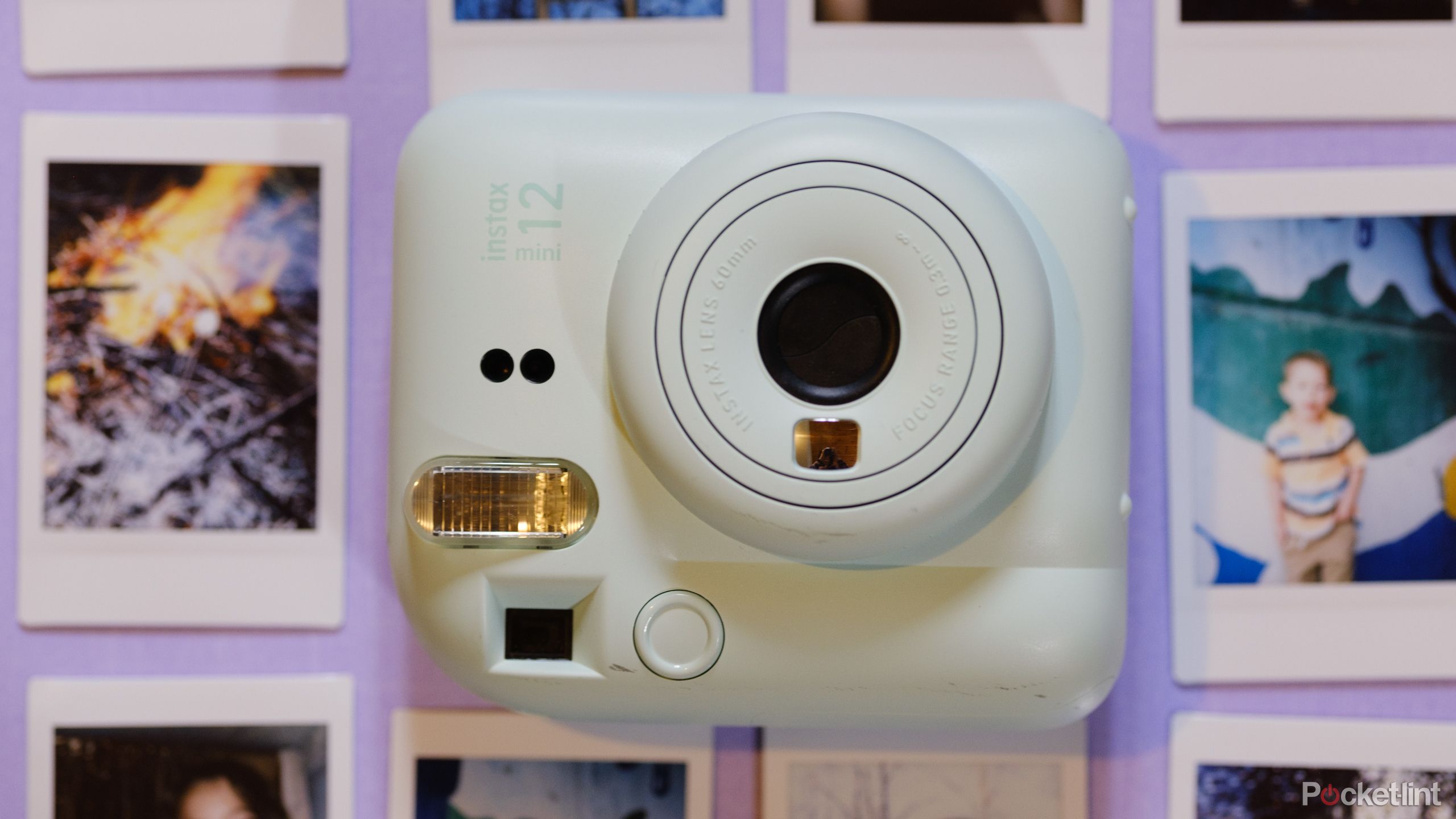
Source link

